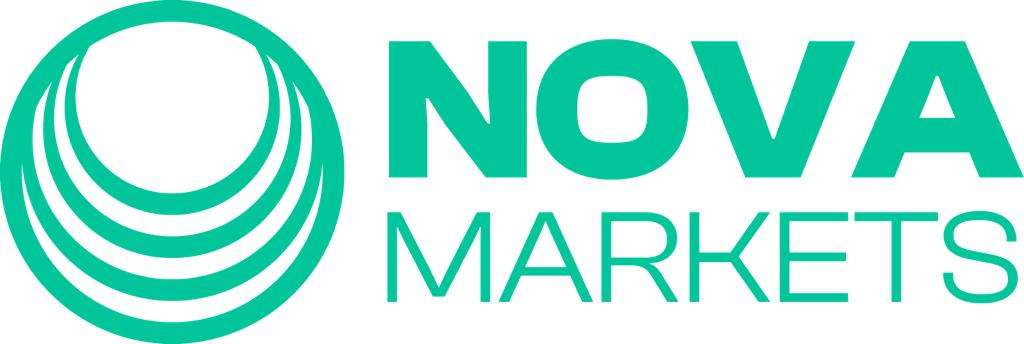BEST PRACTICES FOR PROTECTING YOUR PRIVATE KEYS; Cryptocurrency wallets play a crucial role in securing your digital assets. At the core of wallet security lies the protection of your private keys. Private keys are essentially the cryptographic codes that grant you ownership and control over your cryptocurrencies. As the value of cryptocurrencies continues to rise, ensuring the safety of your private keys becomes paramount. In this article, we will explore the best practices for safeguarding your private keys and enhancing the security of your crypto wallet.
BEST PRACTICES FOR PROTECTING YOUR PRIVATE KEYS

Choose a Reliable Wallet
When it comes to wallet security, selecting a trusted and reliable wallet is essential. There are various types of wallets available, including hardware wallets, software wallets, and online wallets. Research different wallet options, consider their security features, reputation, and user reviews before making a decision. Opt for wallets that have a strong track record of security and regular updates.
Use Hardware Wallets for Cold Storage
Hardware wallets, such as Ledger and Trezor, provide the highest level of security for your private keys. These wallets store your keys offline, keeping them disconnected from the internet, which significantly reduces the risk of hacking or malware attacks. Hardware wallets are typically encrypted and require physical confirmation for transactions, adding an extra layer of protection.

Implement Multi-Factor Authentication (MFA)
Enabling multi-factor authentication adds an additional security layer to your wallet. MFA typically involves a combination of something you know (password), something you have (a mobile device), or something you are (biometrics). By requiring multiple forms of authentication, even if someone gains access to your password, they would still need the additional factor to access your wallet.
Regularly Update and Secure Your Devices
Keeping your devices up to date with the latest software and security patches is vital. Operating system updates often include security enhancements that can protect against vulnerabilities. Additionally, utilize strong, unique passwords for your devices and wallets, and consider using password managers to securely store and manage your login credentials.

Enable Two-Factor Authentication (2FA) for Wallet Access
Two-factor authentication provides an added layer of security by requiring a second verification step, typically a unique code sent to your mobile device, when accessing your wallet. By enabling 2FA, even if someone obtains your password, they would still need physical access to your mobile device to complete the login process.
Backup and Encrypt Your Wallet
Regularly backup your wallet’s private keys and store them in secure locations. Consider using encrypted storage devices or password-protected cloud storage for added security. Encrypting your wallet ensures that even if someone gains access to the backup, they cannot use it without the decryption key.
Be Cautious of Phishing Attempts
Phishing attacks are common in the cryptocurrency space. Be vigilant and avoid clicking on suspicious links or sharing your private keys or login credentials with anyone. Always verify the authenticity of websites or platforms before entering sensitive information. Bookmark trusted crypto websites and avoid clicking on links provided in unsolicited emails or messages.
Keep Your Private Keys Offline
Whenever possible, keep your private keys offline. Cold storage options, such as paper wallets or offline hardware wallets, are highly secure as they are not connected to the internet. This eliminates the risk of remote hacking attempts.
Stay Informed and Educated
Staying updated on the latest security practices and emerging threats is crucial for maintaining the security of your crypto wallet. Follow reputable cryptocurrency news sources, join online communities, and engage in discussions to stay informed about best practices and security measures.
While following best practices significantly enhances the security of your cryptocurrency wallet and private keys, it’s important to be aware of potential vulnerabilities that hackers may exploit. Here are some ways hackers can attempt to gain access to secure keys, even after implementing the suggested security measures:

- Phishing Attacks: Hackers may use sophisticated phishing techniques to trick users into revealing their private keys or login credentials. They may create fake websites or send deceptive emails that appear legitimate, aiming to deceive users into providing sensitive information.
- Malware and Keyloggers: Malicious software, such as keyloggers or screen recorders, can be installed on your device without your knowledge. These tools capture keystrokes, screen activity, or clipboard data, enabling hackers to obtain your private keys or passwords.
- Social Engineering: Hackers may try to exploit human vulnerabilities by impersonating trusted individuals or support staff. They may contact you via phone or email, posing as a wallet provider or cryptocurrency exchange, and attempt to trick you into revealing sensitive information.
- Physical Attacks: If your hardware wallet or backup storage is not properly secured, physical theft or tampering can be a risk. It’s important to keep your physical devices in a secure location and protect them from unauthorized access.
- Software Vulnerabilities: Wallet software or operating systems may have undiscovered vulnerabilities that hackers can exploit. It’s crucial to regularly update your software and firmware to patch any known vulnerabilities.
To mitigate these risks, it is advisable to:
- Always verify the authenticity of websites and platforms before entering sensitive information.
- Use reputable and trusted wallets and exchanges.
- Keep your devices protected with up-to-date antivirus software and firewalls.
- Be cautious of suspicious emails, links, or messages and avoid clicking on them.
- Enable additional security features like two-factor authentication (2FA) and biometric verification whenever possible.
- Regularly monitor your wallet and account activity for any signs of unauthorized access.
- Be wary of sharing private keys or wallet recovery phrases with anyone.
- Educate yourself about emerging threats and stay informed about the latest security practices.
How To Exchange Crypto From Your Secure Wallet for Fiat on DartAfrica

DartAfrica is a very new and quickly expanding cryptocurrency trading platform that aims to make it pleasant and easy for users in Ghana and Nigeria (for the time being) to sell cryptocurrencies for fiat. DartAfrica offers support for popular cryptocurrencies like USDT, USDC, ETH, and BTC and has plans to increase this selection in order to cater to a wide range of consumers with various preferences. One of the many potential benefits of using DartAfrica is the fact that there are no transaction fees, unlike other exchange platforms or traditional banking institutions.
The platform also provides simple navigation, quick and secure transactions, and a user-friendly design. To efficiently use DartAfrica:
- Visit their website to register in just a few simple steps.
- Create a transaction pin by logging into your account and selecting “Security” to authorize withdrawals.
- For instructions on creating a local bank account, click “Account Details”.
- Choose the coin you want to deposit by clicking “Sell Coins.” Put the USD amount (at least $20).
- By selecting “Sell Now,” you will be given a barcode and wallet address to deposit the equivalent amount you intend to sell. After two block confirmations, the corresponding amount of fiat is transferred into your account. You may track your transaction in the “Trades” area until the deposit is complete. You can see this on your “Dashboard.”
- To withdraw money to the account you’ve previously set up in step 3, click “Withdraw funds,” then enter the desired amount. Without any additional fees, your local bank receives a quick credit.
By remaining vigilant and implementing these additional precautions, you can further strengthen the security of your cryptocurrency wallet and protect your private keys from potential hacking attempts.



